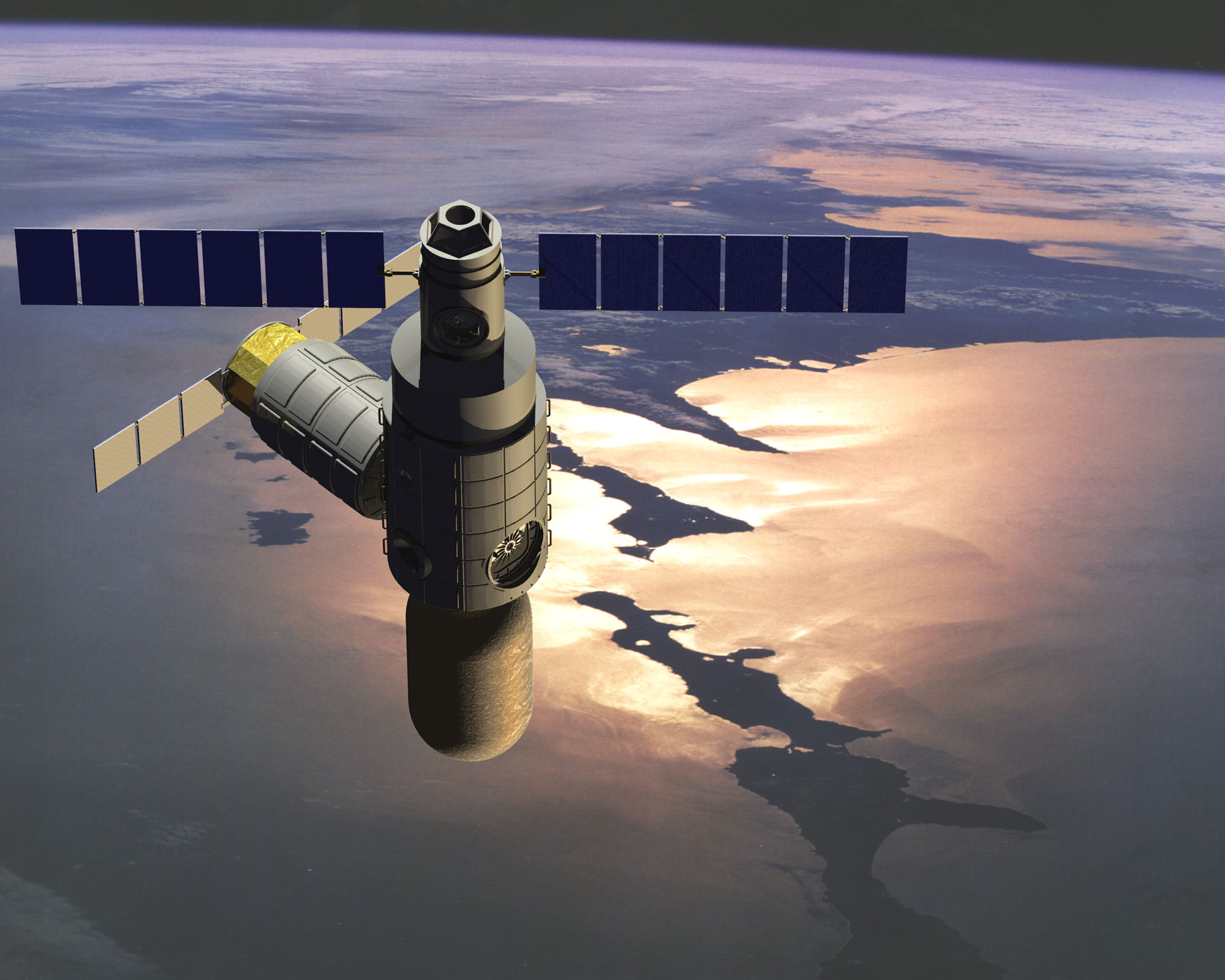“She had her fourth birthday last week,” Halvorsen answered proudly. “Children grow fast in this low gravity. But they don’t age so quickly – they’ll live longer than we do.”
Floyd stared in fascination at the self-assured little lady, noting the graceful carriage and the unusually delicate bone structure. “It’s nice to meet you again Diana,” he said. Then something – perhaps sheer curiosity, perhaps politeness – impelled him to add: “Would you like to go to Earth?”
Her eyes widened with astonishment; then she shook her head.
“It’s a nasty place; you hurt yourself when you fall down. Besides there are too many people.”
So here, Floyd told himself, is the first generation of the Spaceborn; there would be more of them in the years to come. Though there was sadness in this thought, there was also a great hope. When Earth was tamed and tranquil, and perhaps a little tired, there would still be scope for those who loved freedom, for the tough pioneers, the restless adventurers. But their tools would not be ax and gun and canoe and wagon; they would be nuclear power plant and plasma drive and hydroponic farm. The time was fast approaching when Earth, like all mothers, must say farewell to her children.”
– 2001, Chapter 10 “Clavius Base”
There is absolutely no proof that a gravity lower than Earth’s would do no more than alter bone structure making humans elegantly delicate and tall.
There is absolutely no proof that living in a lower gravity would make for longer lives.
Both ideas have been common in even the best science fiction forever, but there is no proof that either would actually be the case.
2001 is a great story, and above all Clarke’s Dr. Floyd paraphrasing Tsiolkovsky still has absolute merit; the Spaceborn will be coming eventually. It sure would be nice, though, if some space agency or company that says that it wants to help Humans live on planets with low gravities would start doing some actual research on generations of vertebrates before the first Spaceborn is on its inevitable way.
The cost to their entire program after just one child is born not quite right would likely be far, far higher than the cost of putting a multi-G test habitat in operation as early as possible.
This is the fundamental reason for SSI’s G-Lab Project.
For more information, please see the growing collection of resources on the SSI G-Lab Program page.
Warning! The video below will NOT make space dreamers happy.
SSI President Gary C Hudson presenting the G-Lab issue at The Space Access Society.


